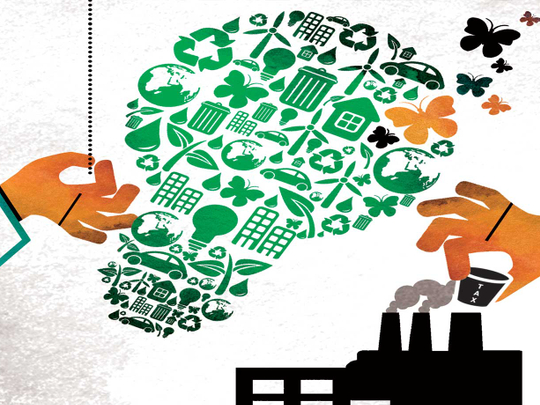
Experts urge us to reduce our greenhouse gas emissions and adapt to the changes that are already occurring if we want to prevent the worst impacts of climate change.
This implies that the main culprit of the current global warming is the combustion of fossil fuels, such as oil, gas, and coal. When we burn fossil fuels, we emit carbon dioxide and other greenhouse gases into the air, which trap heat that would otherwise leave from earth to outer space. This is known as the greenhouse effect.
The greenhouse effect is essential for life on earth, but too much of it is causing the planet to heat up too rapidly. This is known as the enhanced greenhouse effect, and it is the main cause of climate change.
Human activities that cause climate change include industry, agriculture, deforestation, and transportation. These activities also release greenhouse gases and lower the ability of the atmosphere to absorb them, but they are the source of human development and their modern progress.
Taking a middle path
The world faces a dilemma between the need for economic growth and the technology associated with it and the avoidance of climate disruptions and the expected disasters.
All governments are looking for possible solutions. Each government or group of governments has an agenda that they find more suitable than others.
Even the United Nations protocols and agreements gave governments the right to determine their participation in the global solution. Between those who believe that renewable energy can replace fossil fossil fuel by the middle of the century and others who oppose the possibility of having enough clean energy in such a short time, the solution lies.
Data from Irena and IEA shows that renewable energy increased by only 3% between 2010 and 2020. On the other hand, the concentration of carbon dioxide as a result of burning fossil fuels, such as coal, oil and gas is also rising.
The concentration during the last decade has risen from 389 ppm in 2010 to 417 ppm in 2021. The global energy consumption has shown an increase of about 18% in the same period.
There are many potential ways to use carbon dioxide to create valuable products or services. These are called carbon dioxide utilisation or carbon capture and utilisation. Some examples are:
• Carbon neutral fuel: a process by which captured carbon dioxide from the atmosphere or any other source acts as a main hydrocarbon source.
• Chemical synthesis: a process by which carbon dioxide is converted into a wide range of products, such as polymers, plastics, fertilisers, and pharmaceuticals.
• Building materials: carbon dioxide can also be used to produce materials such as cement, aggregate, concrete, and bricks.
• Agriculture: carbon dioxide can also be used to enhance the yield of biological processes or animal feed production.
Diamond is an allotrope of carbon, which means it is one of the forms that carbon can take. The manufacturing of natural diamond is also possible by simulating the high pressure and high temperature conditions that form this is precious tetrahedral carbon shape.
There are many other options and pathways that have technological readiness and economic viability. However, there are also barriers and challenges that the industry needs to overcome to make rejected carbon dioxide useful for humanity and its needs.
— Dr Abdullah Belhaif Al Nuaimi is a former UAE minister of Infrastructure Development and for Climate Change and Environment








